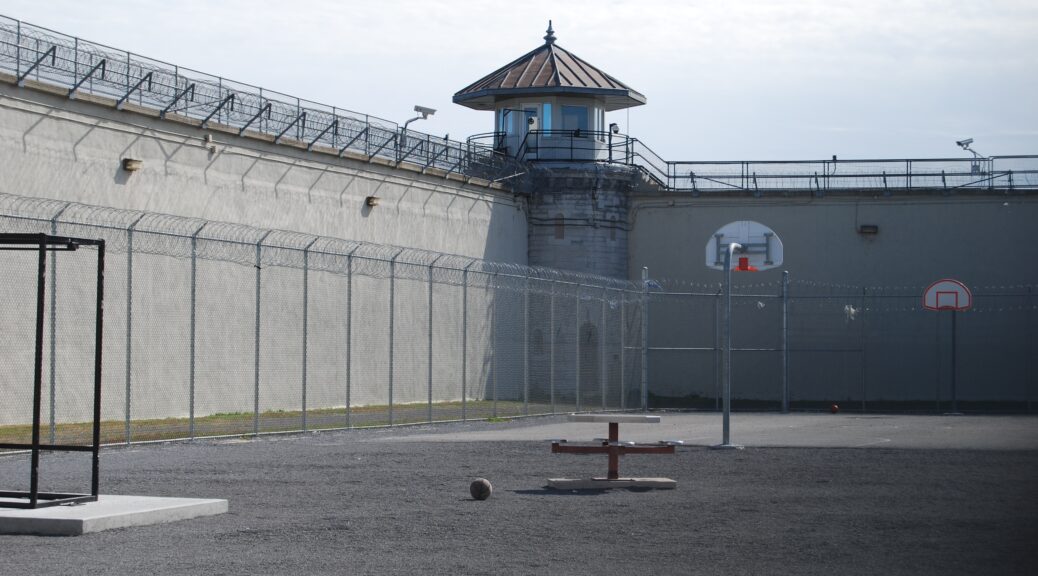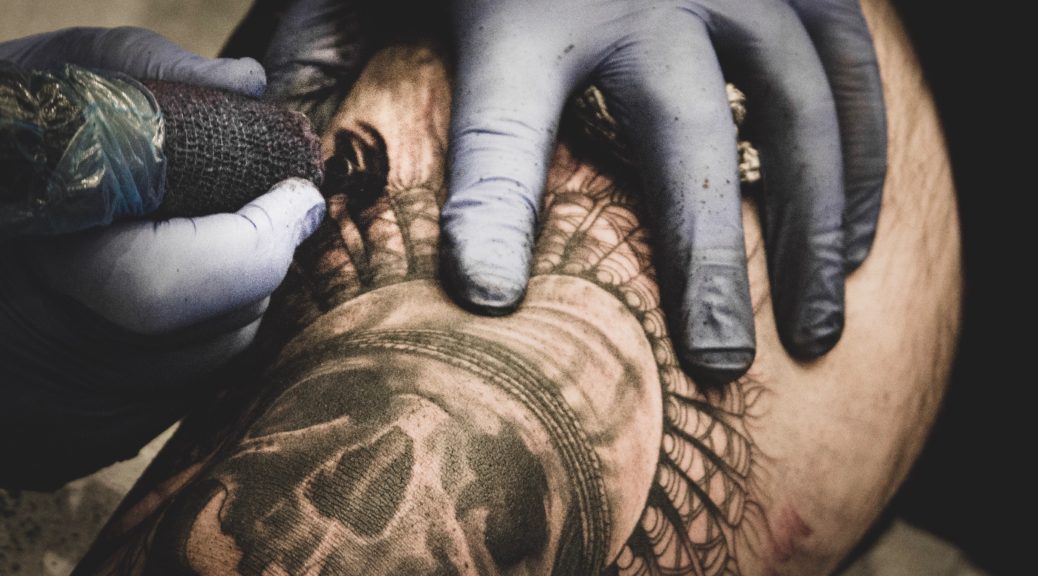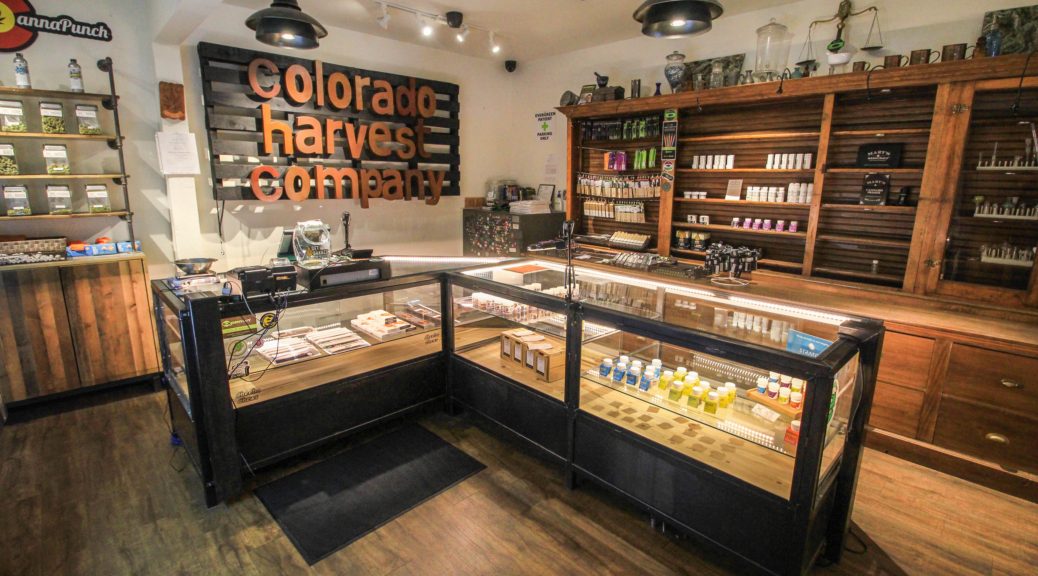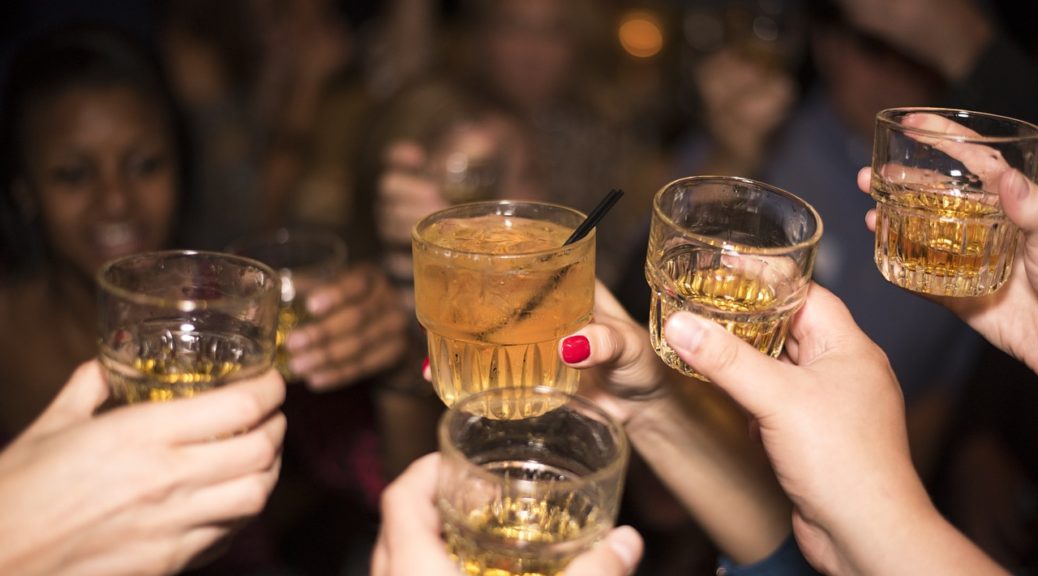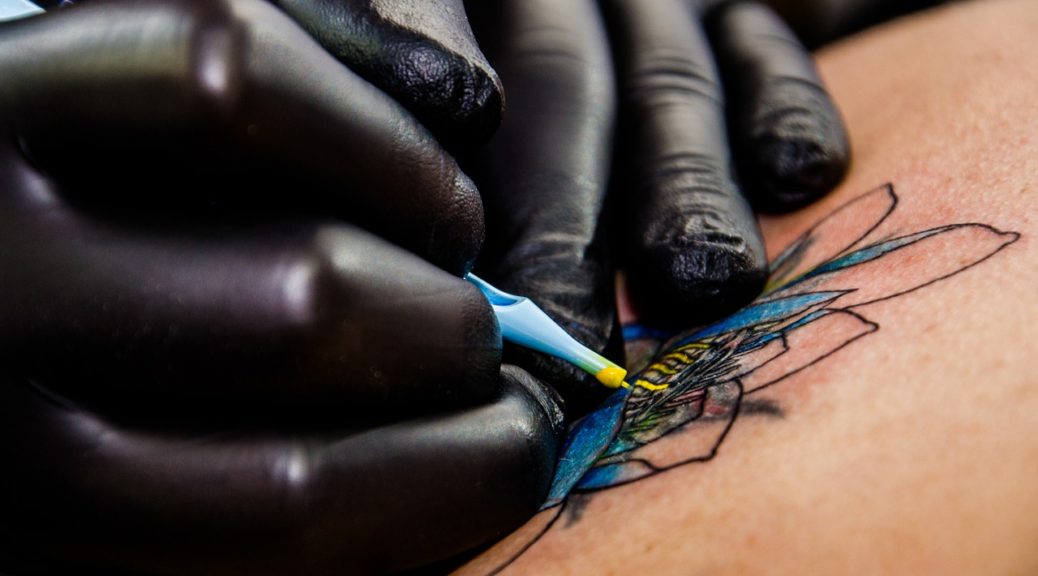In our 17th year, Klein Buendel scientists and staff continue to conduct rigorous behavioral science research with numerous collaborators from across the country. In 2019, our investigators published 15 new research manuscripts in peer-reviewed journals and presented their research findings via 18 posters and presentations at 10 local, national, and international conferences and expert meetings. One of our posters was nominated for Best Poster in the Prevention and Public Health division at the Science of Dissemination and Implementation in Health annual conference, and one of our papers was selected by its journal to be included in their December 2019 Continuing Medical Education (CME) exam.
In April 2019, KB
opened a new satellite research office in Albuquerque, New Mexico. The office
is led by Dr. Gill Woodall, KB Senior Scientist, and conducts research projects
with southwestern populations.
Dr. Valerie Myers, KB Senior Scientist, was appointed
this year by the Board of Directors of the Society of Behavioral Medicine to
serve as the Education, Training, and Career Development Committee Chair. Her
three-year term will begin in April of 2020.
In March of 2019, Dr. Barbara Walkosz, KB Senior
Scientist, lectured on Media Literacy and Health Communication at Beijing
Normal University in China. Dr. Walkosz also serves as an appointed
Commissioner for Denver Mayor Michael Hancock’s Commission on Aging, part of
the Agency for Human Rights and Community Partnerships.
In April of 2019, Dr. David Buller, KB
Director of Research, lectured on KB’s occupational sun protection research (Sun Safe Workplaces) in a class at the
University of Colorado School of Medicine. And in December, he presented
initial findings from an ongoing social media campaign for mothers to improve
adolescent health and reduce indoor tanning (Health Chat) via webinar to the Health Communication and
Informatics Research Branch of the National Cancer Institute.
In product news, we licensed our Train to Tend® responsible marijuana vendor training program to Avid Will LLC for marketing and sales have started to take off. Also, sales of the very successful Way To Serve® responsible alcoholic beverage server training program continue to accelerate. And in September, we made one of our long-time products – the Grow, Eat Thrive elementary school nutrition and gardening curriculum – available for free online.
Lastly, KB was recognized in 2019 as #47 on Colorado Biz Magazine’s Top 100 Woman-Owned Companies list, and was #130 on their Top 200 Private Companies list.
Here’s to a Very Healthy and Happy New Year!
Publications
- Byrnes
HF, Miller BA, Grube JW, Bourdeau B, Buller
DB, Wang-Schweig M, Woodall WG.
Prevention of alcohol use in older teens: A randomized trial of an online
family prevention program. Psychol Addict Behav. 2019 Feb;33(1):1-14. doi:
10.1037/adb0000442.
- Buller MK, Bettinghaus EP,
Fluharty
L, Andersen PA, Slater MD, Henry KL, Liu
X, Fullmer S, Buller DB. Improving health communication with photographic
images that increase identification in three minority populations. Health Ed
Res. 1 Apr 2019;34(2):145-158.
- Kitt-Lewis
E, Loeb SJ, Myers VH, Wion RK, Baney
B, Strickfaden S. Developing educational modules to enhance care of aged and
dying inmates: Set-up phase. Public Health Nurs. 2019;36(11): 401-410.
- Buller DB, Walkosz BJ,
Berteletti J,
Pagoto SL, Bibeau J, Baker K, Hillhouse J, Henry KL. Insights on HPV
vaccination in the United States from mothers’ comments on Facebook posts in a
randomized trial. Hum Vaccin Immunother. 2019;15(7-8):1479-1487.
- Buller DB, Walkosz BJ,
Woodall WG.
Use of media and social media in the prevention of substance abuse. In: Sloboda
Z, Petras H, Robertson E, Hingson R, eds. Prevention
of Substance Use. Cham, Switzerland: Springer Nature Switzerland AG; 2019
pp 319-334.
- Newton
RL Jr, Carter L, St. Romain J, Jerrod T, Griffith D, Myers V.
Development of a mobile phone app to maintain physical activity in African
American men: MobileMen. mHealth. 2019 Jun 13;5:16. doi:
10.21037/mhealth.2019.05.03. eCollection 2019.
- Kitt-Lewis
E, Loeb SJ, Wion RK, Myers VH, Jerrod T, Strickfaden S.
Developing Computer-Based Learning on Care of Aged and Dying Incarcerated
People. J Forensic Nurs. 2019 Jul 9. doi: 10.1097/JFN.0000000000000248. [Epub
ahead of print]
- Byrnes
HF, Miller BA, Bourdeau B, Johnson MB, Buller DB, Berteletti J, Rogers
VA. Prevention of alcohol and other drug overuse among nightclub patrons: a
randomized trial of a group-based mobile intervention at nightclubs. J Stud
Alcohol Drugs. 2019 Jul;80(4):423-430.
- Walkosz B, Buller D, Buller M, Wallis A, Liu X. Senior managers’ awareness of sun protection policy predicts implementation of worksite sun safety in a randomized trial. Am J Ind Med. 2019 Oct;62(10):893-900.
- Meenan
RT, Walkosz BJ, Buller DB, Eye R, Buller MK, Wallis AD, Olivas S.
Economic evaluation of an intervention promoting adoption of occupational sun
protection policies. J Occup Environ Med. 2019 Dec 6;61(12):978-983.*
*The above paper was selected by JOEM as an
article to be included in their December 2019 CME exam.
- Gonzalez CD, Rundle CW, Pona A, Walkosz BJ, Dellavalle RP. Ultraviolet radiation may cause premature fading of colored tattoos. Photodermatol Photoimmunol Photomed. 2019 Aug 28. doi: 10.1111/phpp.12509. [Epub ahead of print]
- Buller DB, Woodall WG, Saltz R, Buller MK. Compliance with ID regulations by recreational marijuana stores in two US states. J Stud Alcohol Drugs. J Stud Alcohol Drugs. 2019 Nov;80(6):679-686.
- White KAM, Dailey YT, Guest DD, Zielaskowski K, Robers E, Sussman A, Hunley K, Hughes CR, Schwartz MR, Kaphingst KA, Buller DB, Hay JL, Berwick M. MC1R variation in a New Mexico opulation. Cancer Epidemiol Biomarkers Prev. 2019 Nov;28(11):1853-1856.
- Gonzalez CD, Pona A, Walkosz BJ, Dellavalle RP. Hispanic Tattoo Artists Could Provide Skin Cancer Prevention via Aftercare and Social Media. J Drugs Dermatol. ; 2019 Dec 1;18(12):1237-1243.
- Glynn NW, Gmelin T, Santanasto AJ, Lovato LC, Lange‐Maia BS, Nicklas BJ, Fielding RA, Manini TM, Myers VH, de Rekeneire N, Spring BJ, Pahor M, King AC, Rejeski WJ, Newman AB; for the Lifestyle Interventions and Independence for Elders Study Group. Impact of baseline fatigue on a physical activity intervention to prevent mobility disability. J Am Geriatr Soc. 2019 Dec 22. doi:10.1111/jgs.16274. [Epub ahead of print]
Conference Presentations
Society of Behavioral Medicine Annual Meeting: March 6-9 in Washington, DC
- Berteletti
J, Buller DB,
Pagoto S, Walkosz B, Bibeau J, Baker
K, Hillhouse J, Henry K. Mothers’ beliefs about adolescent marijuana use:
insights from a Facebook-delivered intervention and randomized trial. Oral
presentation.
- Reynolds KD,
Buller DB, Buller MK, Massie K,
Berteletti J, Ashley J, Meenan RT. Randomized trial evaluating an
intervention supporting implementation of sun safety policies in public
elementary schools. Oral presentation.
- Myers
VH, Loeb SJ, Kitt-Lewis E, Wion R, Murphy J, Jerrod T, Carter M. E-training of
Inmate Peer Caregivers for Enhancing Geriatric and End-of-Life Care in Prisons.
Oral presentation.
- Bibeau JL, Berteletti
J, Goetz JM, Massie K. Using project management skills in behavioral
research. Pre-conference workshop presentation.
American Society of Preventive Oncology Annual Meeting: March 10-12 in Tampa, Florida
- Myers V. Technology and Health Behavior: Crossing the Digital
Divide. Oral presentation.
Eastern Nursing Research Society Annual Meeting: April 3-5 in Providence, Rhode Island
- Loeb
SJ, Kitt-Lewis E, Myers VH, Wion R,
and Murphy J, Jerrod T, Carter M. Inmate Caregiver Training in
Geriatrics and End-Of-Life. Oral presentation.
DC Health Communication Conference: April 25-27 in Fairfax, Virginia
- Buller D. Grant
Writing 101: Boot Camp with NIH. Pre-conference workshop presentation.
Society for Prevention Research Annual Meeting: May 28-31 in San Francisco, California
- Byrnes H, Miller B, Bourdeau B, Johnson MB, Buller DB, Berteletti J,
and Rogers V. Group cohesion among social drinking groups at nightclubs and
risk from alcohol and other drug use. Poster presentation.
- Miller B, Byrnes H, Rogers V, Bourdeau B, Grube J, Johnson MB, Buller DB, Berteletti J. Group-based intervention for overuse of alcohol in a
high-risk context: Examining the influence of group gender composition on
outcomes. Poster presentation.
- Saltz R, Buller D, Woodall WG, Grayson A. Refusal of
pseudo-intoxicated customers by retail marijuana outlets in three U.S. states.
Poster presentation.
Kettil Bruun Society Annual Meeting: June 3-7 in Utrecht, Netherlands
- Woodall WG, Buller DB, Saltz R, Perez F, Chacon-Silva A, Sanchez V, Reither J, Starling R, Diaz L. WayToServe Español: A web-based responsible beverage service training for Spanish-speaking alcohol servers. Oral presentation.
National Research Society on Alcoholism Annual Scientific Meeting: June 22-26 in Minneapolis, Minnesota
- Woodall WG, Saltz R, Buller D, Perez F, Chacon Silva A, Sanchez
V, Starling R. Refusal of alcohol sales to pseudo-intoxicated patrons in
primarily Spanish-speaking premises: A tale of two states. Oral presentation.
North American Association of Transportation Safety and Health Officials Annual Conference: September 8-12 in New Orleans, Louisiana
- Grayson A.
Go
sun smart at work. Oral presentation.
European Society for Prevention Research Conference: September 16-18 in Ghent, Belgium
- Buller
D, Woodall WG,
Saltz R, Grayson A, Svendsen S, Buller M.
Effects of an online responsible vendor training for recreational cannabis
stores on sales to pseudo-intoxicated customers: need for increased deterrence.
Oral presentation.
- Miller B, Byrnes H, Rogers V, Bourdeau B, Grube J, Buller D, Woodall WG, Berteletti J. A
family-based program to reduce teen alcohol use and risky sexual behavior. Oral
presentation.
- Woodall
WG, Miller B, Buller
D, Byrnes H, Bourdeau B, Grube J, Rogers V, Berteletti J. Effect of teen engagement with a family-based online
intervention on reduction in alcohol use by teens. Poster presentation.
The Science of Dissemination & Implementation in Health Conference: December 4-6 in Washington, DC
- Buller
DB, Reynolds KD,
Buller MK, Meenan R, Ashley J,
Berteletti J, Massie K. An implementation intervention for school sun
safety policies increased parents’ reports of sun safety communication from
schools and children’s sun protection. Oral presentation.
- Buller
DB, Walkosz B,
Buller M, Meenan R, Eye R, Grayson A, Olivas S. An
Implementation Model for the Cost-effective Scale-up of the Sun Safe Workplaces
Program. Poster presentation.*
*The
above poster was nominated for Best Poster in the division of Prevention and
Public Health at the Science of Dissemination & Implementation in Health
Conference.


